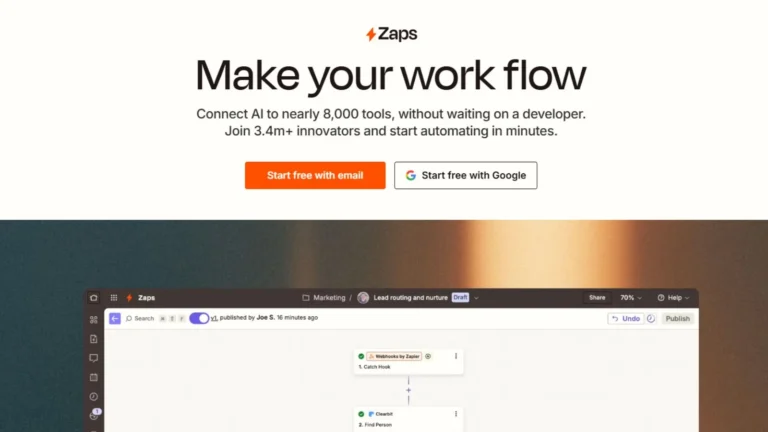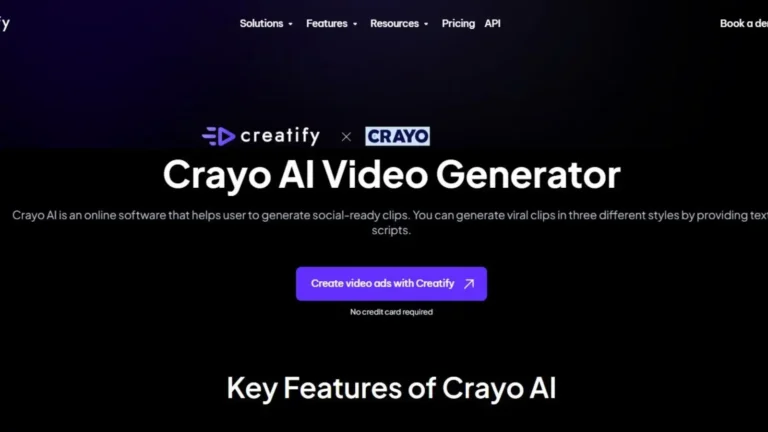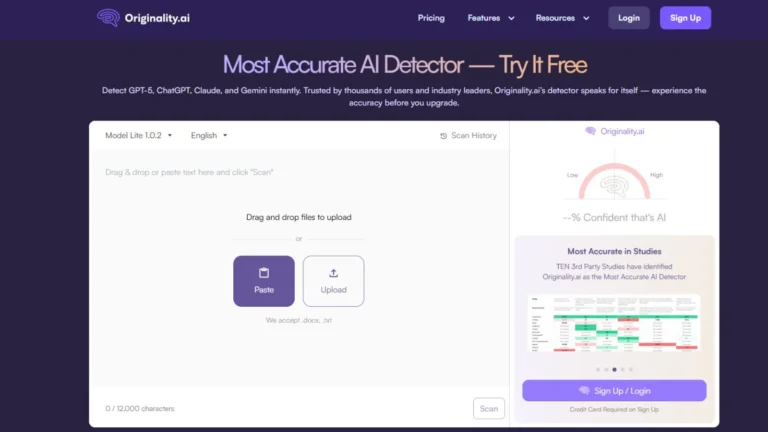Teachable Machine: Revolutionary AI Tool Without the Hassle of Code-Based Machine Learning
In today’s technological leaps, AI and ML are becoming parts that hold much promise in industries in numerous ways. For education, healthcare, marketing, and more, the ways through which humans understand and use technology and problem-solving approaches can change. However, one main issue bars their application on scale: developing and training machine learning models is too complex. Enters Teachable Machine, an experimental system that dares to democratize AI, that makes machine learning accessible and possible for everybody – without technical restrictions. Teachable Machine enables users to train models on recognizing images, sounds and poses with no prior knowledge of coding. It opens a world of AI not only for the pupil but also for the teacher, hobbyists, or professionals.
What is a Teachable Machine?
Teachable Machine is a web-based tool designed by Google that allows people to build machine-learning models easily and efficiently. Saving from the complication of requiring advanced programming skills, the service invites everybody from life to experiment with machine learning using an intuitive interface that resembles simplicity without losing functionality. These models can be applied to a variety of purposes, from interactive projects and educational demonstrations to early-stage product development. Users can therefore instruct the machine to find patterns in three major categories of data: images, sounds, and poses.
The entire idea of making a liaison between the very technical nature of AI and its growing quest by non-expert users to use these technologies stands behind Teachable Machine. Whether you are an educator looking at the introduction of machine learning concepts to your students, an eager hobbyist to experiment with AI, or a developer looking to prototype ideas quickly, Teachable Machine is an ideal starting point.
Important Features of Teachable Machine
Teachable Machine is one of those tools that boasts so many characteristics that would make it appear beginner-friendly yet powerful as an AI tool. A noted characteristic of this great AI machine tool is designed to smoothen the whole machine learning process from the initial input of data to the deployment of the model.
Most predominantly, No-Code Model Training: Through this platform’s no-code interface, any person will be able to train a machine learning model without writing a single line of code. All that the user needs to do is upload or capture images, record audio, or make poses in front of the camera and let Teachable Machine do the rest. This reduces the learning curve of machine learning considerably, making it accessible even for people who have little or no experience with technical skills.
Real-Time Learning and Feedback: A Teachable Machine provides immediate feedback for the user while training models. Indeed, the moment data is uploaded into the tool, it learns how to distinguish between different inputs immediately, so you get a real-time idea of just how your model is performing. Practically speaking, users can immediately test their models by feeding in new data points, like pictures or sounds, and see how the model responds. This process, iterative in nature, therefore allows users to fine-tune models on the go without lengthy periods spent training.
Support for three types of machine learning models: image recognition, audio classification, and pose detection. These features allow one to design many different projects, from hand gestures or facial expression recognition to the distinction of various sounds or musical notes. Whether you develop an interactive game, some educational tool, or a piece of creative art, Teachable Machine has the flexibility to support a wide range of applications.
Export Capabilities: Teachable Machine can export models in a few formats; for example, once models are trained, they can be used either to embed them inside websites or mobile applications, directly to share with collaborators, or upload into higher development environments such as TensorFlow.js for further tinkerings. This makes it easy for users to bring their models to life in real-world applications, either for personal use or public projects.
Benefits of Using a Teachable Machine
Empowering the Nontechnical Users The Teachable Machine is designed to empower nontechnical users who have little to no knowledge of machine learning. Its no-code interface makes it possible for nearly any person to develop workable models based on machine learning, making AI more accessible and less intimidating to non-experts. This democratizes technology and then opens up creativity and innovation in a range of fields.
No better learning tool could be there in the class for educators than the Teachable Machine. It is a user-friendly interface, from which students can quickly learn introductory concepts regarding AI and ML so that complex ideas they can understand practically through hands-on experimentation. It also supports collaborative learning because its models can be shared between students to build on one another’s work.
Rapid Prototyping and Iteration: A Teachable Machine allows for rapid prototyping of one’s work. The rapid prototyping ability allows for the quick creation of models and their subsequent real-time testing, which enables fast iteration and refinement of ideas. This makes it particularly valuable for developers and entrepreneurs who might want to test out and experiment with machine learning concepts before committing to full-scale development.
Community Support and Resources: Teachable Machine has a healthy and vibrant user community of contributors who are always giving out projects, hints, and inspiring ideas. There’s room for user learning where you can learn from others in relation to machine learning usage in various applications. The website offers thorough documentation and tutorials for beginners to guide them through the process.
Disadvantages and limitations of Teachable Machine
While Teachable Machine has its advantages, there are some disadvantages to it as well. It is important to note these so that people are not too optimistic and use the tool effectively.
Limited Complexity: Teachable Machine might be serviceable for relatively simple machine learning assignments but definitely not good enough for a lot of more complex projects that may require more sophisticated algorithms, larger datasets, or special programming techniques. This simplicity is a limitation for users who want to build highly sophisticated models.
Data Privacy Issues: Since Teachable Machine uploads images, audio, or video data from users, there might be an issue of privacy. Users handle the data, ensuring they do not leak sensitive data and unintentionally let it go to people who might misuse it. Though it allows users to store data locally, it, too, has its share of risks toward privacy concerning personal or sensitive information.
Internet Dependency: Teachable Machine is a web-based tool that requires the internet to be up and running, which might be a limitation for users with slow internet in rural areas. The tool uses cloud-based processing, meaning huge datasets might take more than an acceptable amount of time to upload or process depending on the internet speed.
Conclusion
Teachable Machine is going to revolutionize everything because it saves a great deal of the effort that went into building machine learning models. As a result, it delivers AI to more users than ever: thanks to its no-code approach, real-time feedback, and diverse model types, it is an excellent option for both educational and hobbyist pursuits and professional use.
Although it might not be the solution for a lot of complex machine learning tasks, ease and versatility make it priceless in rapid prototyping and experimentation as well as in the process of education. Time goes by when machine learning will be pretty advanced, but platforms like Teachable Machine will play a very significant role in the wide spread of AI and the development of a new generation of creators and innovators.




